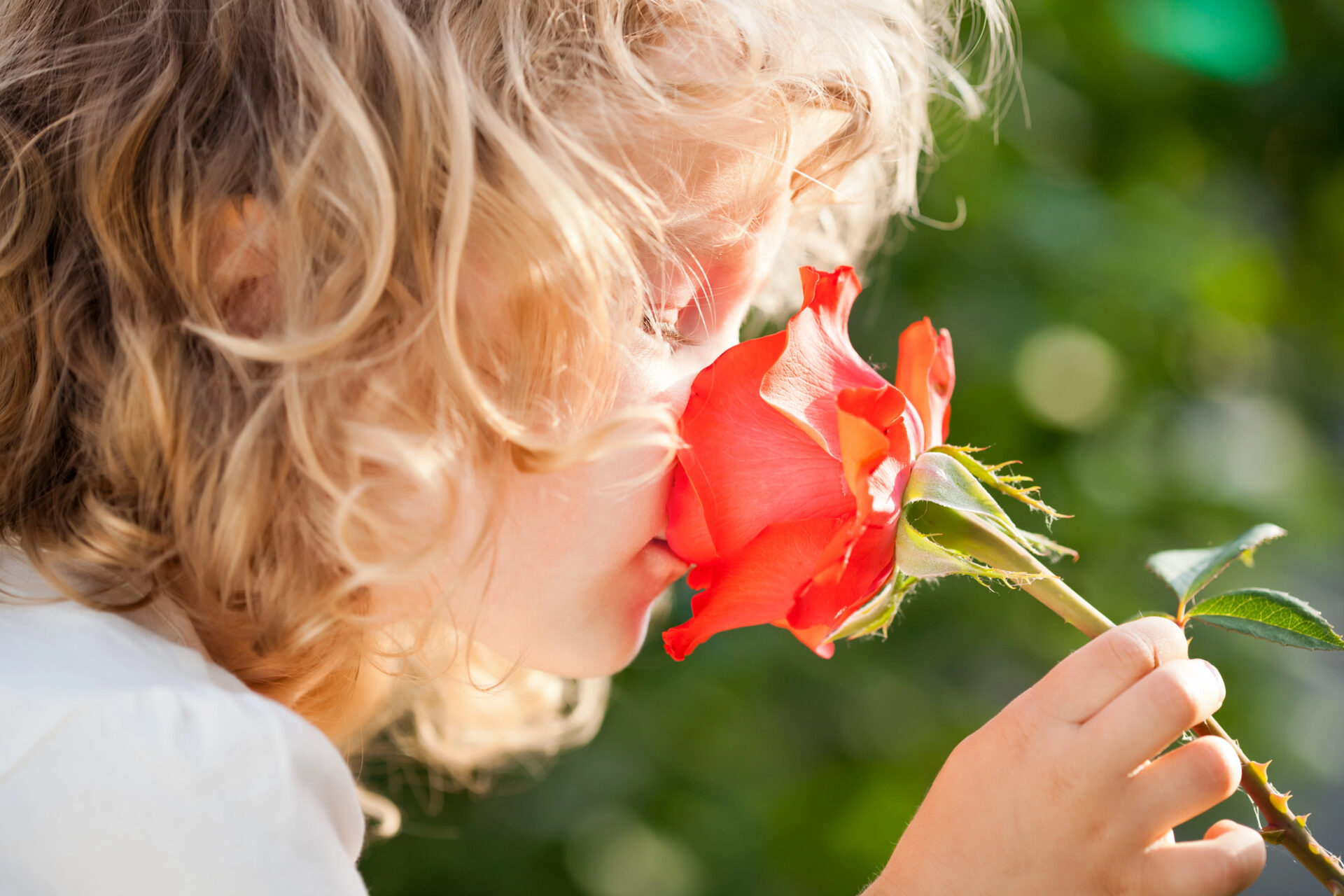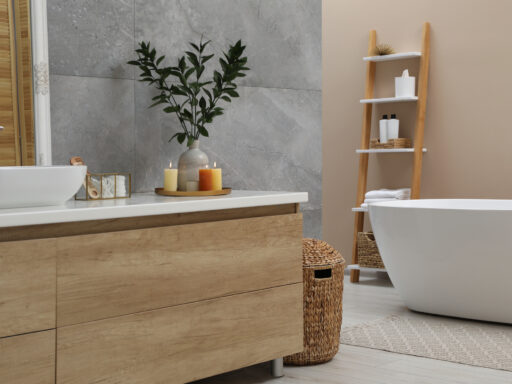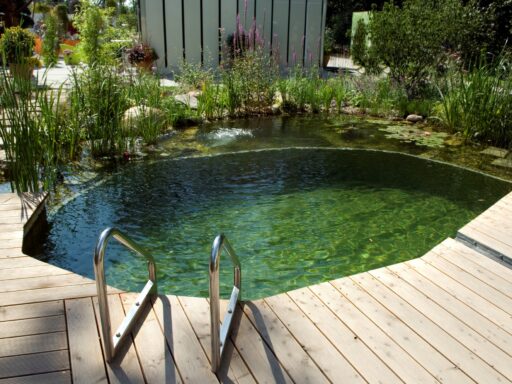Creating a sensory garden for children is a fantastic way to stimulate their senses, encourage exploration, and offer a conducive environment for both play and learning. A modern sensory garden can serve as a vibrant setting where young minds can enhance fine motor skills, learn about nature, and engage in outdoor activities safely and creatively. If you’re interested in crafting such a space for your children, here’s a guide on blending contemporary elements with playful features, such as climbing frames designed for toddlers and an inviting wendy house, to establish the ideal sensory garden.
1. Planning Your Space

Before delving into specific garden features, it is vital to thoughtfully plan the layout. A sensory garden should include distinct areas that stimulate each of the senses—touch, smell, sight, sound, and taste. Contemplate the flow of the garden and the placement of key items, such as children’s play equipment. Prioritizing safety, ensure the garden is enclosed or has soft ground coverings to mitigate accidents. Consider materials like rubber mats or soft bark chips to provide cushioning.
2. Incorporating Climbing Frames for Toddlers
A great way to keep children active in a sensory garden is to include a climbing frame. These structures encourage physical activity while improving balance, coordination, and muscle strength, fostering imaginative play. When selecting a climbing frame, look for one featuring a variety of textures, such as wood or plastic, along with elements like ropes and ladders.
Place the climbing frame in an open, shaded area allowing toddlers to move freely. Surround the frame with tactile plants like grasses or herbs for children to brush against while playing. This integration enhances the sensory garden’s essence of stimulating touch and smell while promoting gross motor skills.
3. The Magic of a Wendy House
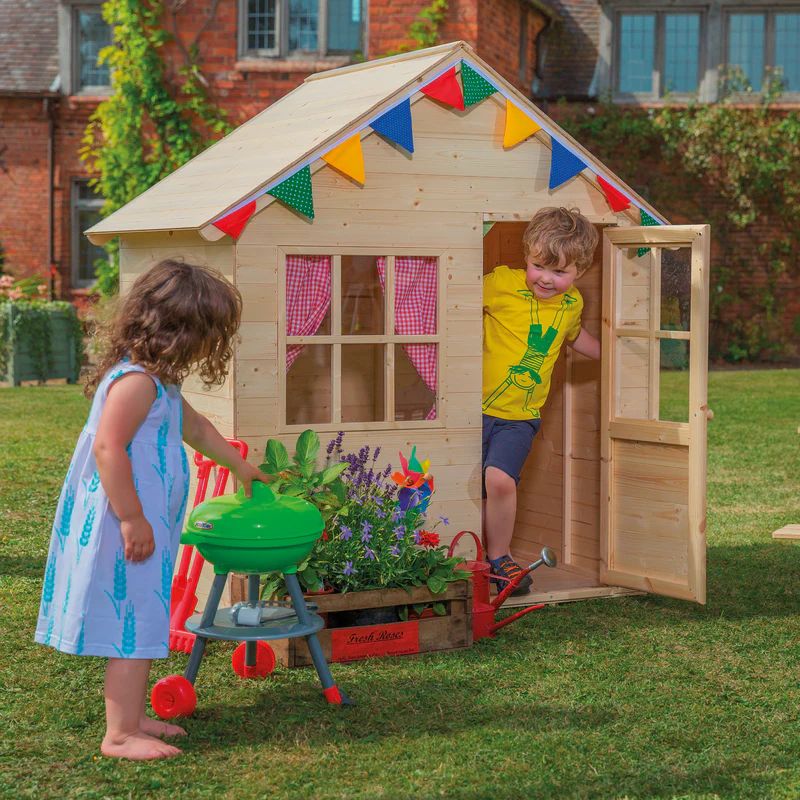
A wendy house is another essential feature in a sensory garden, providing limitless opportunities for imaginative play. Available in various styles, from traditional wooden cottages to sleek, modern designs, you can select one that aligns with your garden’s overall aesthetic for a harmonious look.
This charming structure not only serves as a space for pretend play but also offers children a personal retreat. Enhance the wendy house with sensory features to integrate it into the sensory experience. For instance, you might hang wind chimes nearby for soothing sounds or place small planters with aromatic herbs or vibrant flowers around it. Inside, soft cushions with various textures or sensory toys can engage both touch and sight.
4. Sensory Plants and Textures
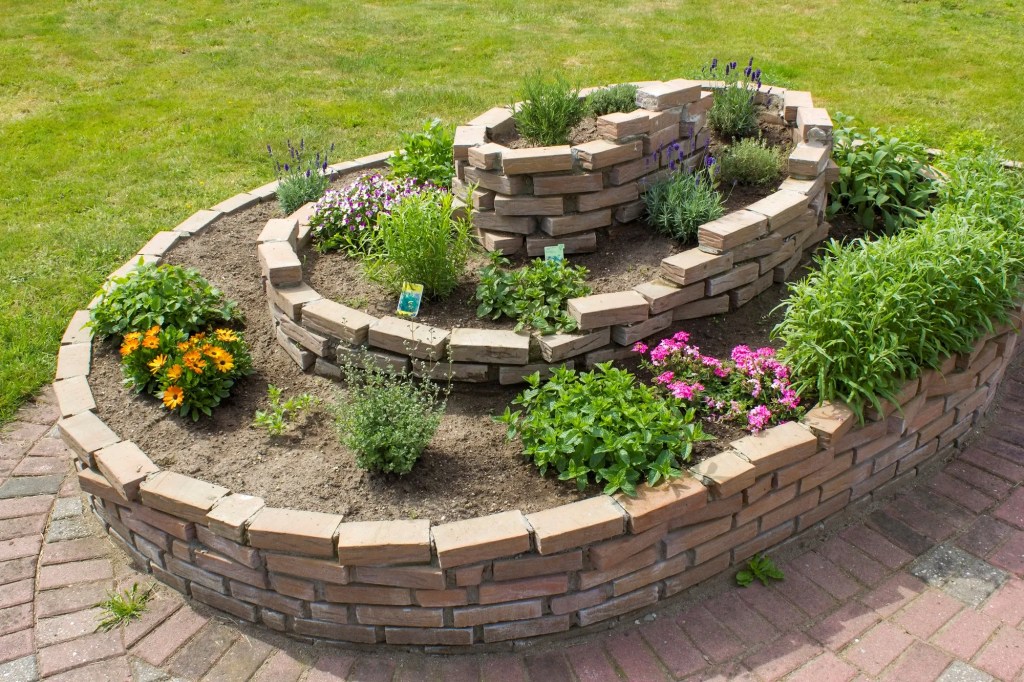
No sensory garden is complete without plants that engage the senses. Select a variety of plants offering diverse textures, colors, and fragrances. Lavender, rosemary, and mint provide wonderful calming scents. For tactile enjoyment, consider soft grasses, lamb’s ear (Stachys byzantina), or moss, which children will love to touch.
Consider creating a “sound garden” by incorporating ornamental grasses that rustle in the wind or bamboo that produces soft sounds. You might even add a small water feature for the gentle sound of trickling water, soothing for young children.
By using a wide range of plants, you not only enhance the sensory experience but also teach children about nature, fostering an appreciation for the environment.
5. Interactive Play Areas
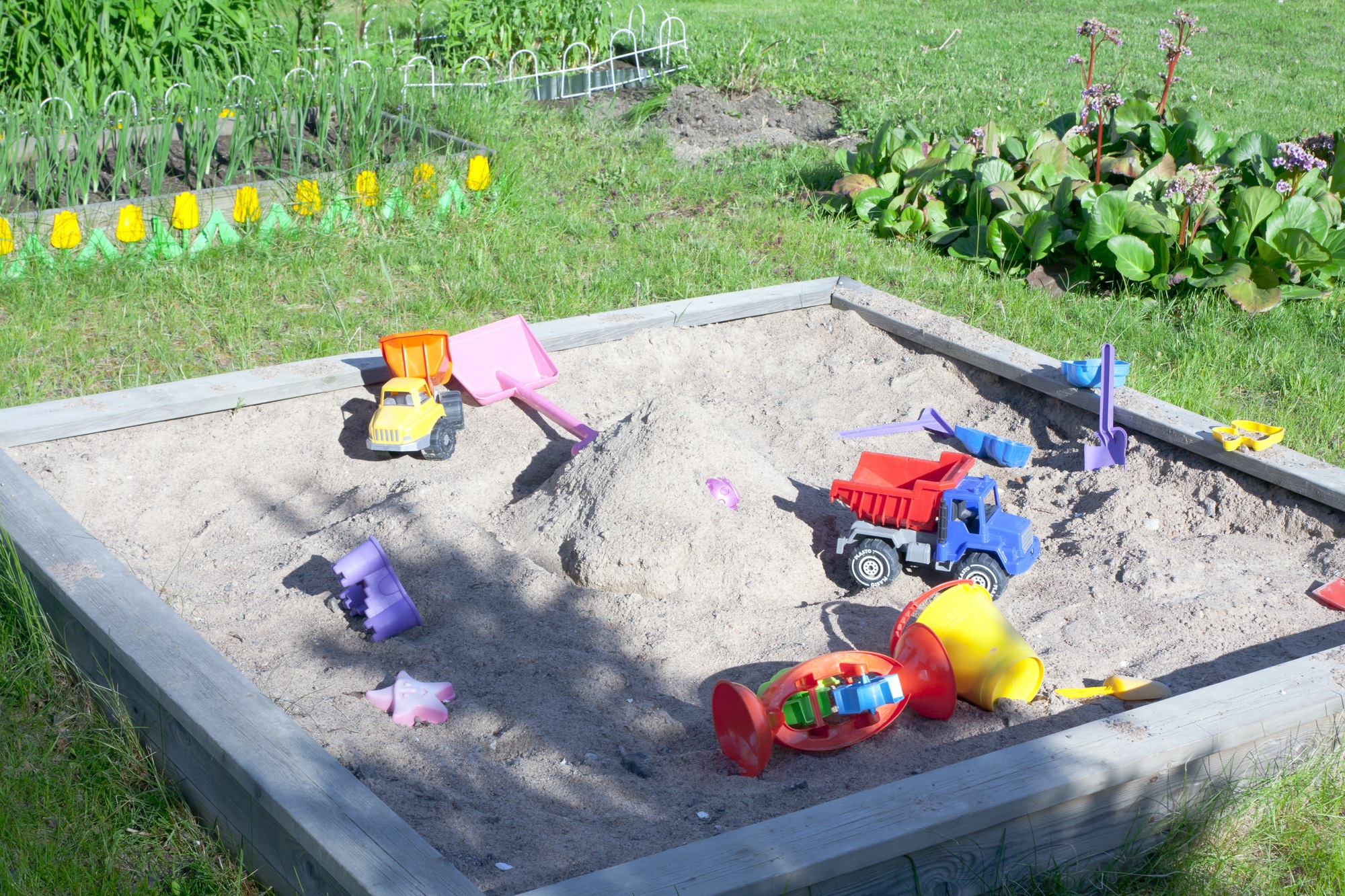
Interactive components are crucial in a sensory garden, encouraging kids to actively engage rather than passively observe. Sand and water play areas are a favorite among younger children and are excellent for developing fine motor skills. Set up a small sandpit, mud kitchen, or water play station where toddlers can scoop, pour, and dig.
In addition, a music wall featuring instruments like chimes, drums, or xylophones allows children to explore sound and rhythm. Depending on your design preferences, this area can adopt either a modern or rustic appearance. A contemporary option might utilize sleek metal instruments, while a traditional setup could incorporate wooden or natural materials.
6. Modern Design Elements
If you aim for a modern aesthetic, emphasize clean lines, minimalism, and functional areas. The goal is to integrate these elements without sacrificing the fun and exploratory nature of a sensory garden. Choose sleek climbing frames or contemporary wendy house designs, utilizing neutral colors or natural wood for a sophisticated yet child-friendly ambiance.
Incorporating geometric patterns for pathways or seating areas and adding modern outdoor furniture such as low benches or stools can create restful spots. Raised beds with sharp, angular edges can house sensory plants in a modern manner, highlighting the contrast between structured design and the organic nature of the plants.
7. Safety Considerations

Safety is paramount when creating a sensory garden. Ensure that all structures, including climbing frames and other play equipment, are securely anchored and meet applicable safety standards. Select non-toxic, child-friendly plants, and keep any water features shallow or adequately secured.
Conclusion
A modern sensory garden for kids is a space where creativity and exploration flourish. By merging enjoyable play elements such as climbing frames and a wendy house with sensory-rich plants and textures, you can create a stimulating garden that captivates the senses and offers a safe, engaging environment for your children to thrive and learn.
Related

